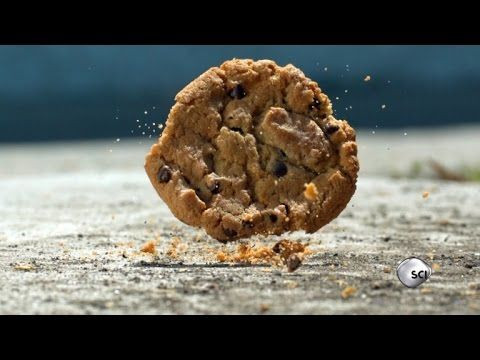5-Second Rule Is Real: NASA Engineer Proves You Can Eat That Cookie After It Falls On The Ground

Bacteria, such as E.coli, Salmonella, and Listeria, lurk around pretty much every corner. Some people are more suspicious when it comes to their food and who handles it. Others are less concerned with potential contamination. People in the latter group will be glad to hear that there's scientific evidence that supports the five-second rule. So go ahead and pick it up.
NASA engineer Mark Rober decided to test out the five-second rule on the new Discovery Science Channel show, “The Quick and the Curious.” Instead of the five-second rule, they’ve dubbed it the 30-second moisture-and-surface rule. Yes, small amounts of bacteria do jump aboard a piece of food when it hits the ground, but the texture of the food and the surface it falls on makes all the difference.
A piece of moist food left on the ground for more than 30 seconds accumulates around 10 times more bacteria then food that is picked up after three seconds. Now in terms of what surface you drop youe food on, pray it’s a rug. Linoleum, tile, and laminated surfaces transfer a lot more germs and a lot quicker compared to rugs, thanks to their woven surface area, which reduces surface-to-food contact.
A recent study conducted by researchers from the Aston University School of Life and Health Sciences found that 87 percent of respondents would eat food they dropped on the floor without the fear of germs.
“Consuming food dropped on the floor still carries an infection risk as it very much depends on which bacteria are present on the floor at the time; however the findings of this study will bring some light relief to those who have been employing the five-second rule for years, despite a general consensus that it is purely myth,” said Anthony Hilton, a professor of microbiology at the university, in a press release.



























